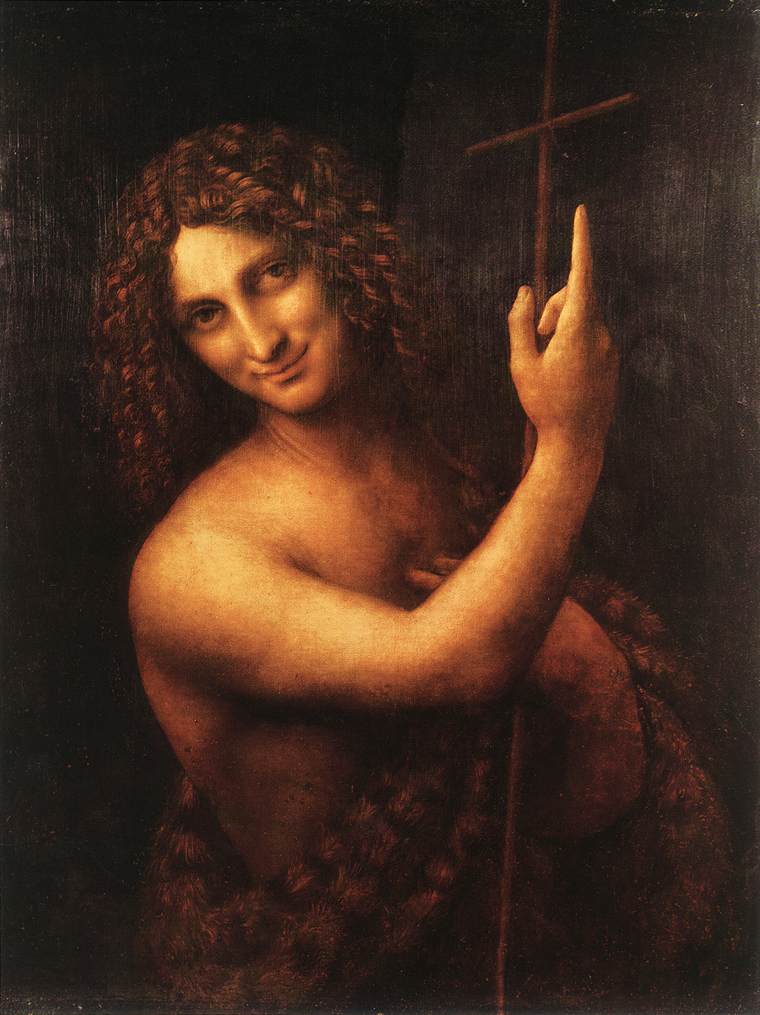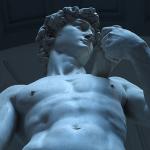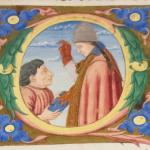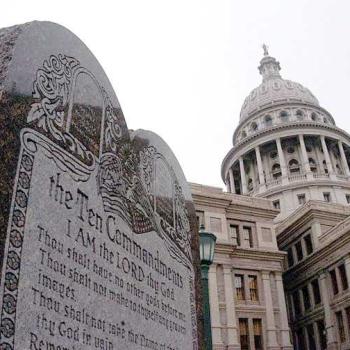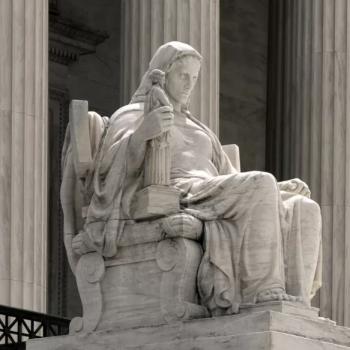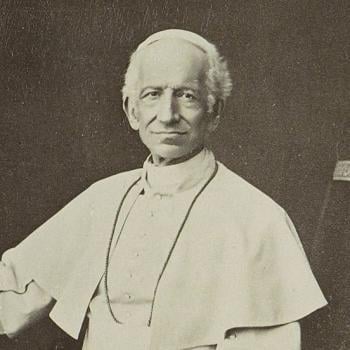The Italian Renaissance was one of the shining jewels of human history. The Renaissance itself began in Tuscany, especially in Florence, in the late 13th century, although the great age of Italian Renaissance art was the 14th through 16th centuries. And by then the Renaissance was spreading to other parts of Europe. This post will be a very basic, broad overview of the origins of the Italian Renaissance and the role of religion in those origins.
The Italian Renaissance brings to mind the glorious religious art of the period, including Leonardo da Vinci’s The Last Supper and Michelangelo’s exquisite Pietà and David, and of course the magnificent Sistine Chapel ceiling. The Catholic Church was a major patron of the arts of the Italian Renaissance. The Jews of Italy — for example, the great Renaissance composer Salamone Rossi — also made significant contributions to the Italian Renaissance that are still often overlooked.
Pre-Renaissance Italy and Trade With Other Cultures
Maritime commerce among Italy, the Byzantine Empire, Spain, Egypt, Tunisia, and other Muslim countries increased in the 12th century and brought Italians into contact with other cultures. The Muslims were especially eager to acquire timber and iron, which Italians were able to provide. Jewish traders were active participants in these enterprises. In fact, much of what historians today know about this maritime trade comes from records in Hebrew, stored in synagogues all around the Mediterranean.
The important point here is that trade brought Catholics, Jews, and Muslims together in joint business ventures. Arbitrations were often conducted in rabbinical or Shari’a courts. Contracts were often written in Hebrew and Arabic. In the 12th century, civilizations in north Africa and Moorish Spain had rich traditions of elegant art and architecture that must have been eye-opening to medieval Italians.
Pre-Renaissance Italy: Back to the Classics
The classic literature of pre-Christian Rome was not completely unknown in Italy during the Medieval period. Latin was, after all, the common language of Catholic Europe. But Cicero and Virgil were stored away in the attic, so to speak. They definitely took a back seat to early Christian writers such as Saint Augustine.
Dante Alighieri (c. 1265 – 1321) was a native of Florence. His masterpiece The Divine Comedy today is considered a bridge between the Middle Ages and the Renaissance. Written in vernacular Italian rather than Latin, The Divine Comedy is still considered one of the greatest literary works of the Italian language. Even so, Dante was very much influenced by the Latin works of ancient Rome, including Cicero, Ovid and Virgil
Francesco Petrarca of Tuscany, better known as Petrarch (1304-1374) was a prolific scholar and poet who developed a keen interest in the classic Latin literature. His re-discovery of Cicero’s letters is often cited as one of the sparks that ignited the Renaissance. Petrarch considered Cicero, Virgil, and Seneca his literary models. Through the influence of writers like Dante and Petrarch, Italians began taking their ancient Roman legacy more seriously. The art and architecture of ancient Rome would also influence the Italian Renaissance.
The Importance of Humanism
Revived interest in the classical world fueled a humanist movement that was central to the spirit of the Renaissance. The Medieval period was dominated by scholasticism, which arguably gets a bad rap for being overly dogmatic and legalistic. The humanism of the Renaissance placed more emphasis on studying humanity over theology. The Renaissance humanists were not opposed to religion but proposed that human beings needed more than religion. This humanism encouraged civic virtue and took an interest in bettering human communities. It supported critical inquiry over obedient submission to authority. And it elevated the work of writers and artists to lead and shape human civilization.
This humanist movement began in Tuscany, especially Florence, and spread from there. This led to a great flowering of the arts, as seen in the works of high Renaissance masters like Leonardo da Vinci and Michelangelo. It gave rise to a network of scholars linked by letters and books. It encouraged critical examination of texts and ideas. It gave birth to science, making the work of Copernicus and Galileo possible.
The Catholic Church had a complicated relationship with the Renaissance. The Church was a major patron of Renaissance art and architecture. The Renaissance impacted theology by changing the way people understood their relationship with God. The Church was less happy with Copernicus and Galileo, you might recall. And inevitably the Renaissance led to the Reformation and the breakup of the Church’s political power throughout Europe.
